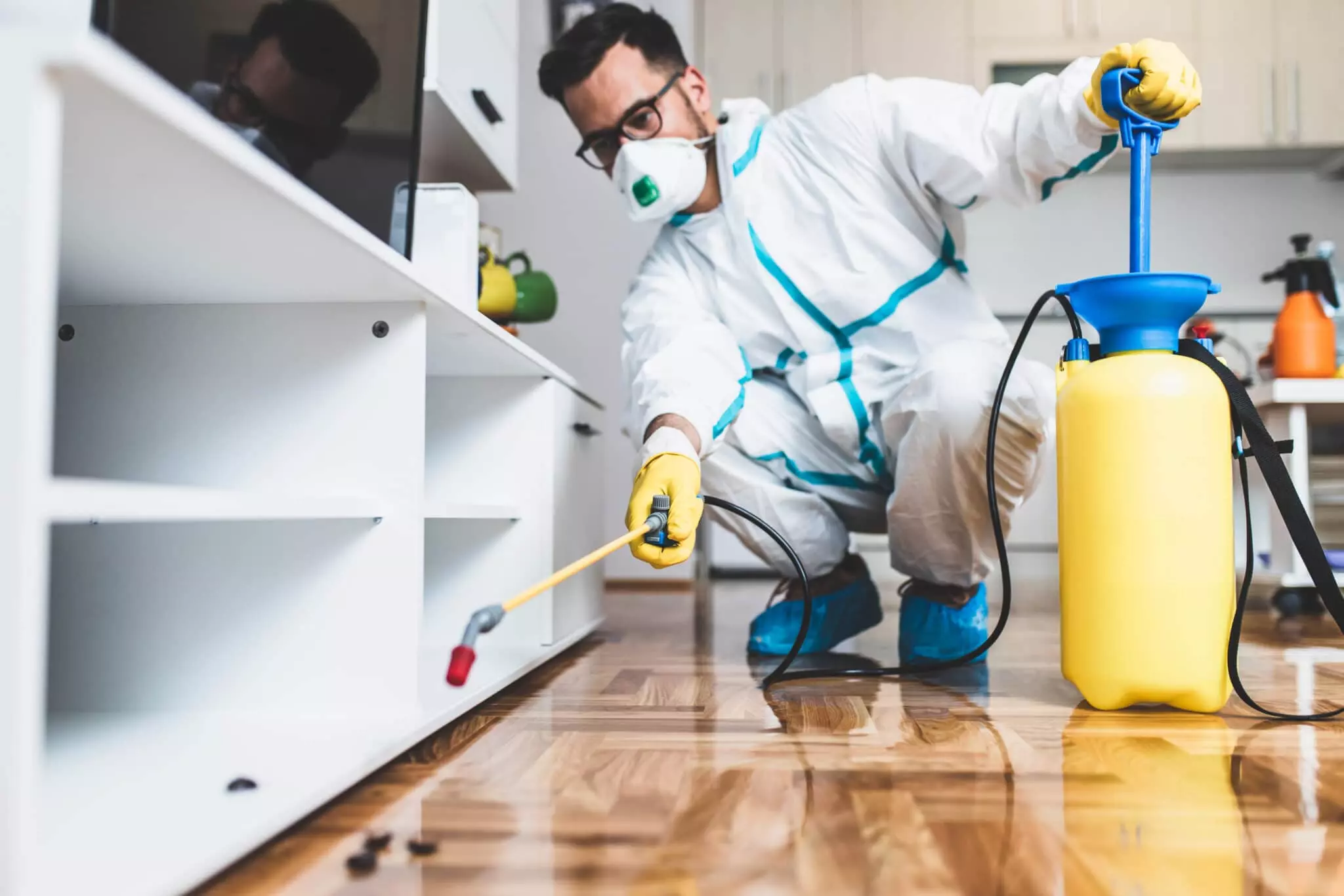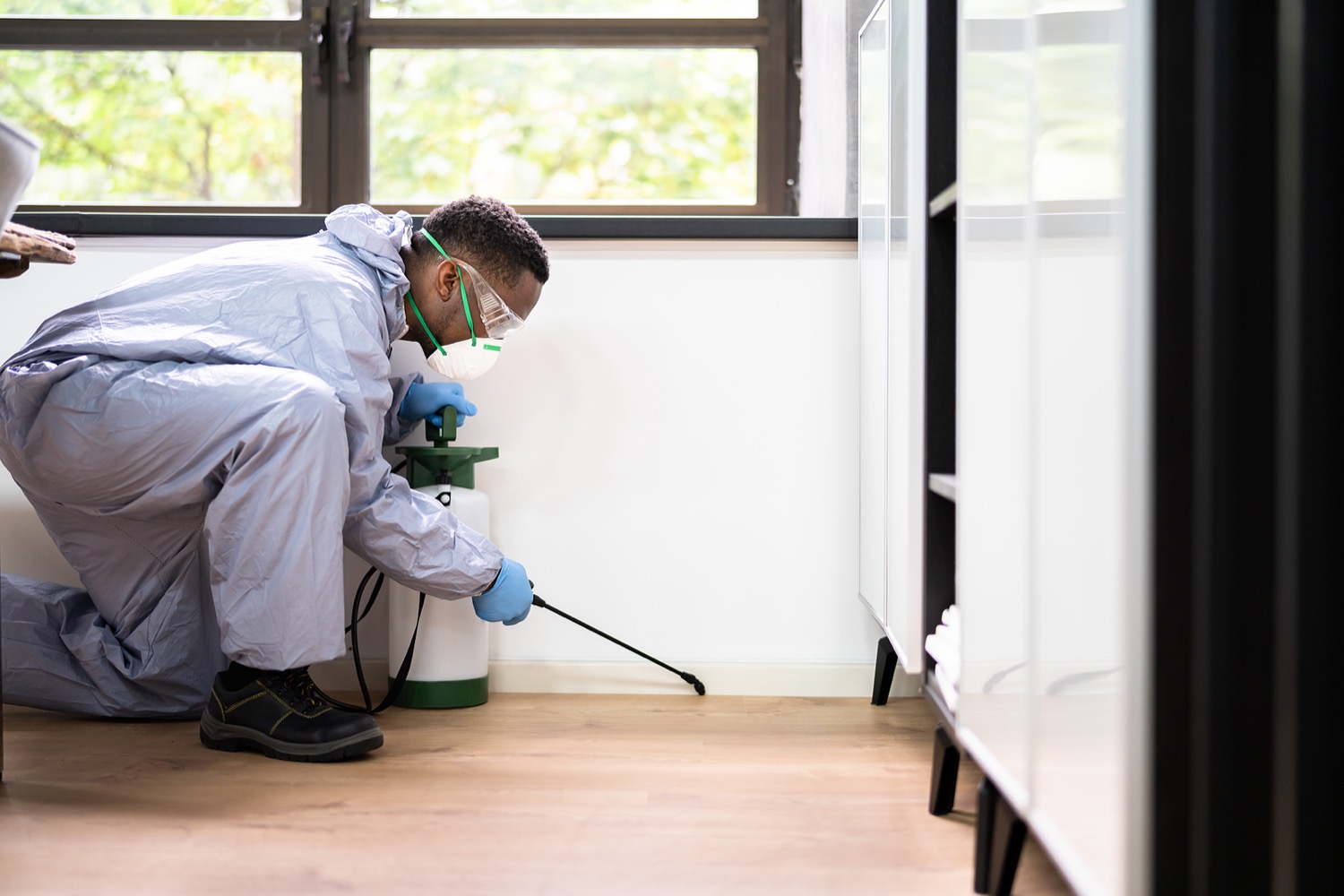High Quality A1 Pest Control Services Charlotte - Shield Your Home
High Quality A1 Pest Control Services Charlotte - Shield Your Home
Blog Article
Bed Pest Treatment Breakdown: Comparing Chemical Vs. Non-Chemical Solutions
In the realm of bug control, especially when dealing with the consistent concern of bed bugs, the option between chemical and non-chemical therapy remedies can be a crucial one. Both approaches use distinct advantages and downsides, affecting aspects such as performance, safety and security factors to consider, and overall cost. By checking out the nuanced details of each technique, a more clear understanding of which path to pursue in attending to a bed insect problem can be acquired.
Effectiveness of Chemical Treatments
Chemical therapies for bed insect infestations have actually been commonly recognized for their powerful and fast efficiency in removing these insects. When thinking about the efficiency of chemical therapies, it is essential to comprehend that they can provide a complete and quick remedy to a bed insect trouble.
Moreover, chemical therapies have the benefit of providing recurring effects, suggesting that they can remain to remove bed insects also after the preliminary application. This residual action is specifically valuable in combating any potential re-infestations. Additionally, the rapid action of chemical treatments can bring relief to individuals dealing with extreme bed pest problems, allowing them to gain back control of their space rapidly.
Safety And Security Worry About Chemical Solutions
When utilizing chemical options for bed bug therapy is guaranteeing the security of owners and the environment,One critical aspect that needs mindful consideration. While chemical therapies can be effective in getting rid of bed pests, they might present dangers if not handled properly. One of the main safety worry about chemical services is the possible harm they can create to human health and wellness. Direct exposure to certain chemicals made use of in bed pest treatments can lead to breathing issues, skin irritability, or various other unfavorable responses, particularly in individuals with pre-existing problems or sensitivities. Additionally, inappropriate application or dosage of chemical pesticides can cause poisonous residues lingering in the treated location, posing long-term health and wellness threats to occupants.
Furthermore, the environmental impact of chemical solutions is one more considerable factor to consider. Some pesticides used in bed pest therapies might be dangerous to advantageous bugs, wildlife, and environments if they seep into the soil or water supply. It is vital to utilize chemical therapies judiciously, adhering to safety and security guidelines, and thinking about much less hazardous alternatives to minimize these risks and guarantee the effective and safe monitoring of bed pest problems.
Benefits of Non-Chemical Techniques
Taking into consideration the prospective safety concerns and ecological impact connected with chemical options for bed pest therapy, discovering non-chemical techniques presents an encouraging option with a number of unique advantages. Non-chemical therapies are eco pleasant, as they do not contribute to air or water pollution, making them a lasting option for parasite control.
In addition, non-chemical services can be effective in targeting bed insects, consisting of hard-to-reach locations where chemical therapies might not penetrate - A1 charlotte pest control companies. Approaches pest control companies such as heat treatment, vacuuming, steam cleaning, and cushion encasements provide detailed elimination without the use of harmful chemicals.
Limitations of Non-Chemical Treatments

In addition, non-chemical treatments usually require multiple applications to achieve effective obliteration. This can be taxing and may not constantly assure complete removal of all bed bugs and their eggs, especially in concealed or hard-to-reach locations.
In addition, the success of non-chemical treatments greatly depends on correct execution and thoroughness, which can be testing for people without expert proficiency. Insufficient application of non-chemical techniques might result in incomplete removal, leading to persistent invasions and the demand for extra therapies.
Therefore, while non-chemical treatments have their benefits, it is important to recognize these limitations and consider them when see post determining the most effective technique for taking care of bed insect invasions.
Expense Contrast: Chemical Vs. Non-Chemical Options
Provided the limitations linked with non-chemical treatments, a necessary aspect to assess in the context of bed insect administration is the price comparison between chemical and non-chemical alternatives. Chemical treatments generally involve the application of pesticides by experts, which can range from $250 to $900 per space, depending upon the seriousness of the infestation and the dimension of the area to be dealt with. In comparison, non-chemical therapies like warm therapy or vapor can be a lot more expensive, with prices ranging from $1,000 to $6,000 for an entire home. While the first cost of chemical therapies may seem reduced, several therapies might be required to fully get rid of the problem, possibly raising the total cost. On the other hand, non-chemical alternatives may provide a much more environment-friendly and lasting solution, although they can be cost-prohibitive for some people. Eventually, when taking into consideration the cost of bed insect therapy options, it is very important to consider the in advance costs versus the effectiveness and long-term sustainability of the picked approach.
Verdict

Considering the possible safety worries and environmental influence associated with chemical remedies for bed pest therapy, exploring non-chemical strategies offers an appealing alternative with a number of unique advantages.Given the limitations linked with non-chemical therapies, a necessary element to evaluate in the context of bed insect monitoring is the cost comparison in between chemical and non-chemical alternatives. In comparison, non-chemical therapies like warm treatment or heavy steam can be a lot more pricey, with costs varying from $1,000 to $6,000 for a whole home. While the preliminary cost of chemical therapies may appear reduced, several therapies might be required to completely remove the invasion, possibly boosting the general expense.In final thought, when contrasting chemical and non-chemical bed bug treatment alternatives, it is important to take into consideration efficiency, security, advantages, limitations, and expense.
Report this page